When it comes to interior design, one style that has gained popularity in recent years is Danish style living rooms. Also known as Scandinavian design, this style is characterized by its minimalism, functionality, and use of natural materials. If you're looking to give your living room a makeover and want to incorporate some Danish style, here's a guide to get you started.Scandinavian Design: A Guide to Danish Style Living Rooms
1. Keep it simple and clutter-free. Danish style living rooms are all about minimalism, so it's important to keep clutter to a minimum. This means getting rid of unnecessary items and only keeping what you truly need and love. 2. Choose a neutral color palette. Scandinavian design is known for its use of neutral colors such as white, grey, and beige. These colors create a clean and calming atmosphere, making your living room a peaceful retreat. 3. Incorporate natural materials. Natural materials like wood, leather, and wool are commonly used in Danish style living rooms. They add warmth and texture to the space, creating a cozy and inviting atmosphere. 4. Invest in quality furniture pieces. Danish design is all about quality over quantity. Instead of filling your living room with cheap and disposable furniture, invest in a few high-quality pieces that will last for years to come. 5. Embrace simplicity in your furniture choices. When it comes to furniture, Danish style favors clean lines and simple designs. Avoid overly ornate or bulky pieces and opt for clean and functional designs. 6. Add touches of black. While neutral colors are dominant in Danish style, adding touches of black can add contrast and depth to the space. It also helps to ground the room and prevent it from looking too light and airy. 7. Incorporate plants and greenery. Another way to bring nature into your Danish style living room is by adding plants and greenery. Not only do they add visual interest, but they also purify the air and create a sense of tranquility. 8. Use layers and textures. To add visual interest to your living room, layer different textures such as a chunky knit throw, a faux fur rug, and a woven basket. This adds depth and coziness to the space. 9. Stick to a functional layout. Danish style living rooms are all about functionality. When arranging your furniture, consider how you will use the space and make sure it flows well. Avoid cluttering the room with unnecessary pieces. 10. Keep it cozy with lighting. Lighting is crucial in Danish style living rooms. Opt for warm and soft lighting to create a cozy and inviting atmosphere. Avoid harsh overhead lights and instead use table lamps and floor lamps to add ambiance.10 Ways to Incorporate Danish Design into Your Living Room
To create a cozy and minimalist Danish style living room, start with a neutral color palette. Use shades of white, grey, and beige as your base colors. Then, incorporate natural materials such as wood, leather, and wool in your furniture and decor choices. Next, add layers and textures to create a cozy atmosphere. This can be done through textiles such as throw pillows, blankets, and rugs. You can also add plants and greenery to bring some life and nature into the space. When it comes to furniture, stick to clean and simple designs. Avoid bulky or ornate pieces and opt for functional and well-crafted furniture. Add touches of black to create contrast and ground the space. Lastly, pay attention to lighting. Soft and warm lighting is key in a Danish style living room. Use lamps and dimmer switches to create a cozy and inviting atmosphere.Creating a Cozy and Minimalist Danish Style Living Room
When it comes to choosing furniture for your Danish style living room, quality and functionality are key. Look for pieces with clean lines and simple designs, made from natural materials such as wood and leather. Some must-have furniture pieces for a Danish style living room include a comfortable sofa, a minimalist coffee table, and a cozy armchair. You can also consider adding a bookshelf or a sideboard for storage and a dining table for entertaining guests. Remember to keep the furniture layout functional and clutter-free. Stick to the essentials and avoid overcrowding the space.The Best Furniture Pieces for a Danish Style Living Room
Natural materials are a hallmark of Danish style living rooms. They add warmth, texture, and a touch of nature to the space. Here are some ways you can incorporate natural materials into your living room: - Use a wooden coffee table or side table - Add a leather sofa or armchair - Layer a wool rug over hardwood floors - Display potted plants or fresh flowers - Incorporate woven baskets for storage - Hang a wooden or macrame wall hanging Remember to balance the use of natural materials with other textures and elements to create a visually appealing and cozy space.How to Use Natural Materials in Your Danish Style Living Room
Creating a Danish style living room doesn't have to break the bank. Here are some budget-friendly tips to achieve the look: - Shop secondhand for quality furniture pieces - DIY some decor, such as a macrame wall hanging or a woven basket - Use neutral paint colors to refresh your walls - Shop for affordable natural materials, such as bamboo or jute rugs - Add plants or greenery from your local nursery Remember to prioritize quality over quantity and focus on creating a functional and cozy space rather than buying a lot of unnecessary items.Designing a Danish Style Living Room on a Budget
Lighting is crucial in creating a cozy and inviting Danish style living room. Soft and warm lighting can make all the difference in creating a calming and relaxing atmosphere. Here are some tips for getting the lighting right: - Use lamps and dimmer switches to create ambiance - Opt for warm and soft lighting over harsh overhead lights - Place lamps strategically to avoid dark corners - Consider adding candles for a cozy touch Remember to experiment with different lighting options until you find the perfect balance for your living room.The Importance of Lighting in a Danish Style Living Room
Hygge, a Danish term meaning coziness and contentment, is an essential aspect of Danish style living rooms. To incorporate hygge into your space, focus on creating a warm and inviting atmosphere. Use soft lighting, cozy textures, and natural materials to create a space that promotes relaxation and comfort. You can also add personal touches such as family photos or sentimental decor to make the space feel more intimate and special.Incorporating Hygge into Your Danish Style Living Room
While neutral colors are dominant in Danish style living rooms, adding touches of color can add personality and visual interest to the space. Consider adding a pop of color through throw pillows, artwork, or a statement piece of furniture. Remember to stick to a limited color palette to maintain the minimalist and cohesive feel of the space.The Role of Color in a Danish Style Living Room
When it comes to designing a Danish style living room, functionality is key. Start by considering how you will use the space and the flow of movement in the room. Arrange your furniture in a way that allows for comfortable conversation and easy movement. Remember to keep the space clutter-free and only include essential furniture pieces to maintain the minimalist feel of the room. In conclusion, Danish style living rooms are all about simplicity, functionality, and coziness. By incorporating natural materials, soft lighting, and a neutral color palette, you can create a peaceful and inviting space. Remember to prioritize quality over quantity and add personal touches to make the space feel like home. With these tips, you can create a beautiful and functional Danish style living room on any budget.Creating a Functional and Stylish Danish Style Living Room Layout
Danish Style Living Room: A Perfect Blend of Functionality and Elegance

The Essence of Danish Style
 When it comes to interior design, the Danish style has gained popularity for its unique combination of functionality and elegance. It is a design philosophy that embraces simplicity, minimalism, and functionality to create spaces that are both practical and visually appealing. The Danish style is all about creating a sense of coziness and warmth while maintaining a clean and clutter-free look. This design approach has become increasingly popular in recent years, and it is not hard to see why.
When it comes to interior design, the Danish style has gained popularity for its unique combination of functionality and elegance. It is a design philosophy that embraces simplicity, minimalism, and functionality to create spaces that are both practical and visually appealing. The Danish style is all about creating a sense of coziness and warmth while maintaining a clean and clutter-free look. This design approach has become increasingly popular in recent years, and it is not hard to see why.
Key Elements of a Danish Style Living Room
 The key elements of a Danish style living room are clean lines, natural materials, and a neutral color palette. The furniture is typically made of light-colored wood, such as beech, oak, or ash, and has a simple and minimalist design. This type of furniture not only adds warmth to the room but also creates a sense of airiness and space. Additionally, the Danish style also incorporates plenty of natural light, which is achieved through large windows and light-colored walls.
The key elements of a Danish style living room are clean lines, natural materials, and a neutral color palette. The furniture is typically made of light-colored wood, such as beech, oak, or ash, and has a simple and minimalist design. This type of furniture not only adds warmth to the room but also creates a sense of airiness and space. Additionally, the Danish style also incorporates plenty of natural light, which is achieved through large windows and light-colored walls.
The Role of Textures in Danish Style
 In a Danish style living room, texture plays a crucial role in adding depth and interest to the space. This design philosophy embraces the use of natural materials, such as wood, wool, and leather, which add warmth and texture to the room. Textured elements, such as a cozy wool rug or a leather armchair, can instantly elevate the look and feel of a Danish style living room.
In a Danish style living room, texture plays a crucial role in adding depth and interest to the space. This design philosophy embraces the use of natural materials, such as wood, wool, and leather, which add warmth and texture to the room. Textured elements, such as a cozy wool rug or a leather armchair, can instantly elevate the look and feel of a Danish style living room.
Incorporating Hygge into Your Living Room
 Hygge (pronounced hoo-gah) is a Danish term that describes the feeling of coziness, contentment, and well-being. It is a fundamental aspect of the Danish lifestyle, and it is also a key element in Danish style interior design. To incorporate hygge into your living room, add soft and comfortable furnishings, such as plush cushions and blankets, and use warm, soft lighting to create a cozy and inviting atmosphere.
Hygge (pronounced hoo-gah) is a Danish term that describes the feeling of coziness, contentment, and well-being. It is a fundamental aspect of the Danish lifestyle, and it is also a key element in Danish style interior design. To incorporate hygge into your living room, add soft and comfortable furnishings, such as plush cushions and blankets, and use warm, soft lighting to create a cozy and inviting atmosphere.
Final Thoughts
 In conclusion, the Danish style living room is a perfect blend of functionality and elegance. By incorporating clean lines, natural materials, and a cozy atmosphere, this design approach creates a welcoming and comfortable space that is perfect for both relaxing and entertaining. Embrace the Danish style in your living room, and you will see how it can transform your home into a functional and elegant sanctuary.
In conclusion, the Danish style living room is a perfect blend of functionality and elegance. By incorporating clean lines, natural materials, and a cozy atmosphere, this design approach creates a welcoming and comfortable space that is perfect for both relaxing and entertaining. Embrace the Danish style in your living room, and you will see how it can transform your home into a functional and elegant sanctuary.

























/Bespoke_Only_Pier_House_Living_Room_030-efd741a92b7d45558499dc312e62eac3.jpg)























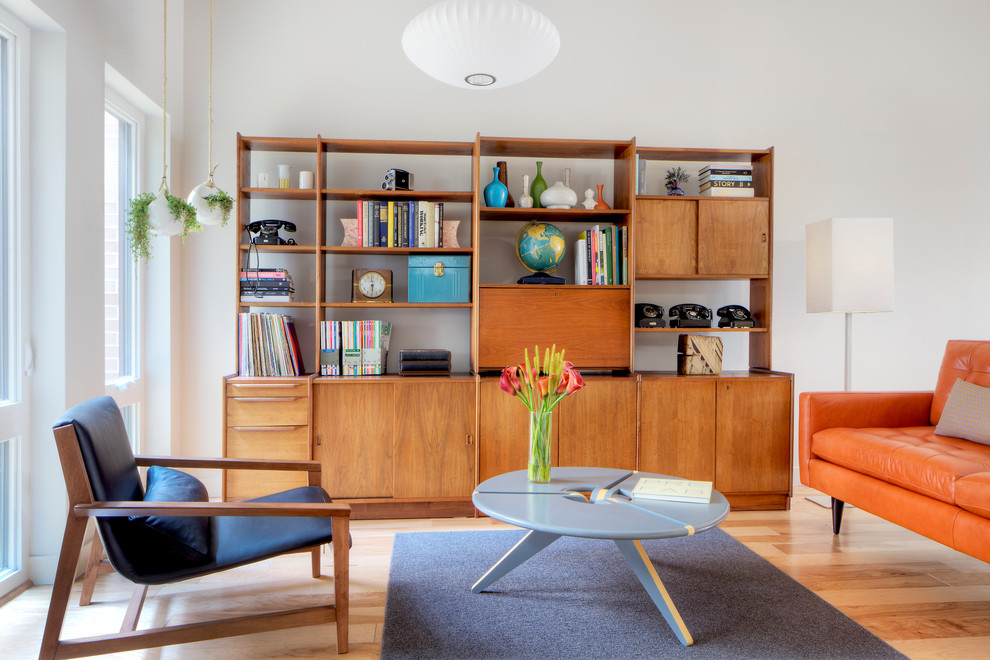





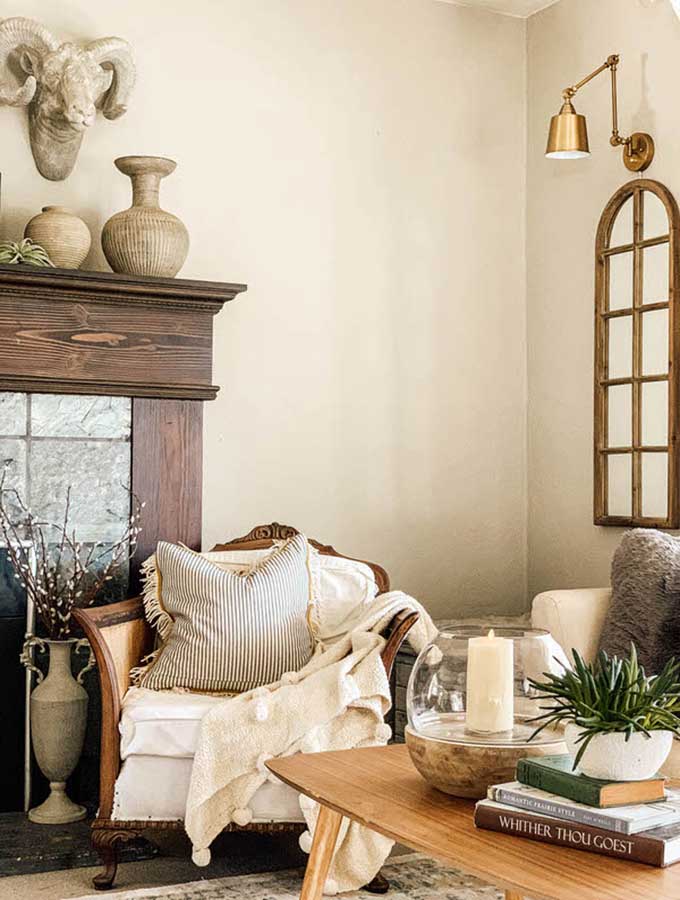


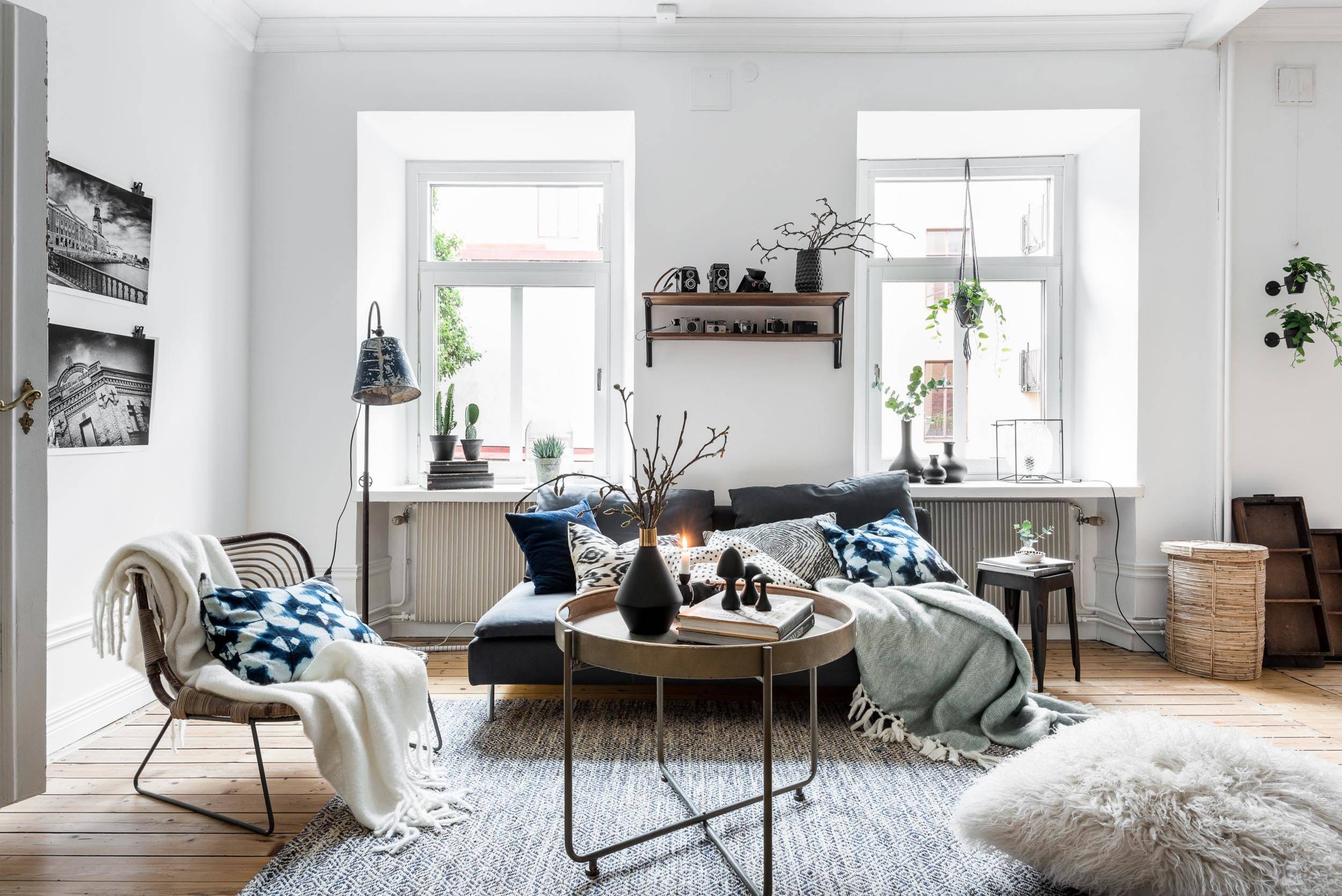




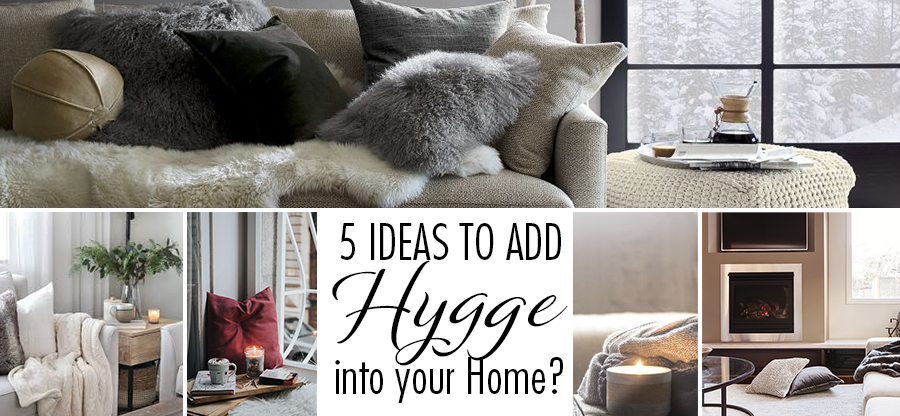














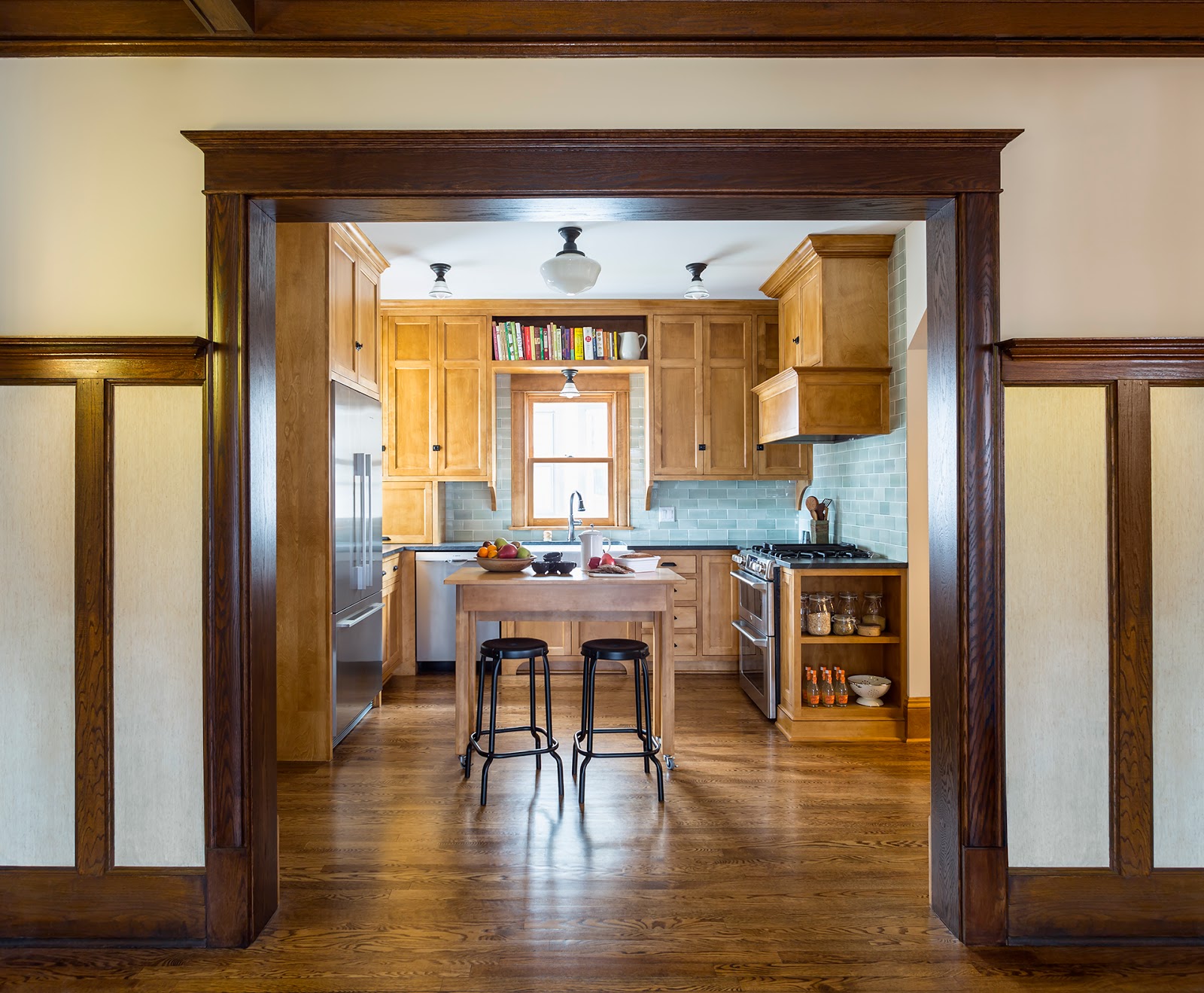


/KitchenIslandwithSeating-494358561-59a3b217af5d3a001125057e.jpg)


